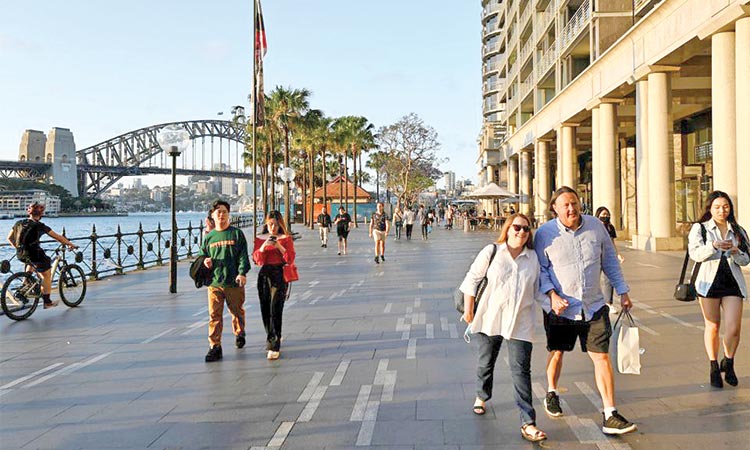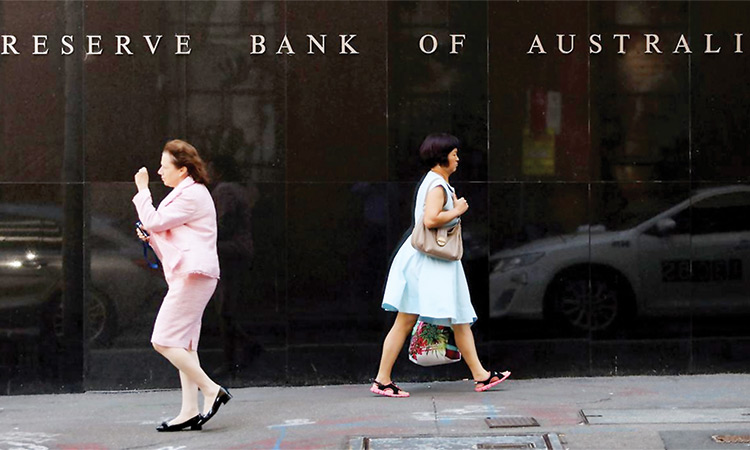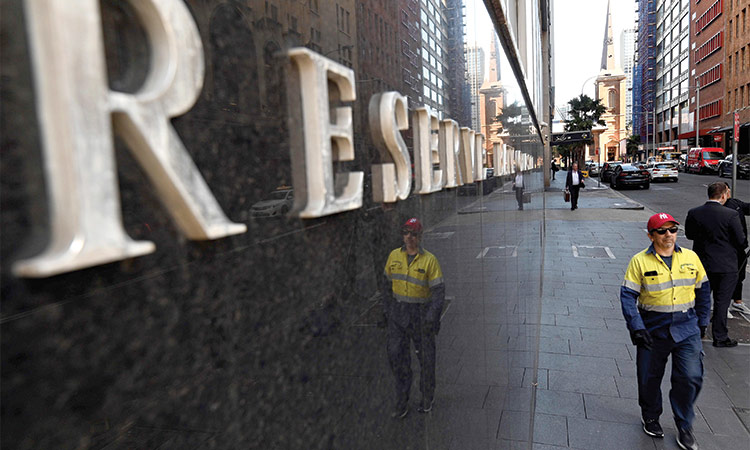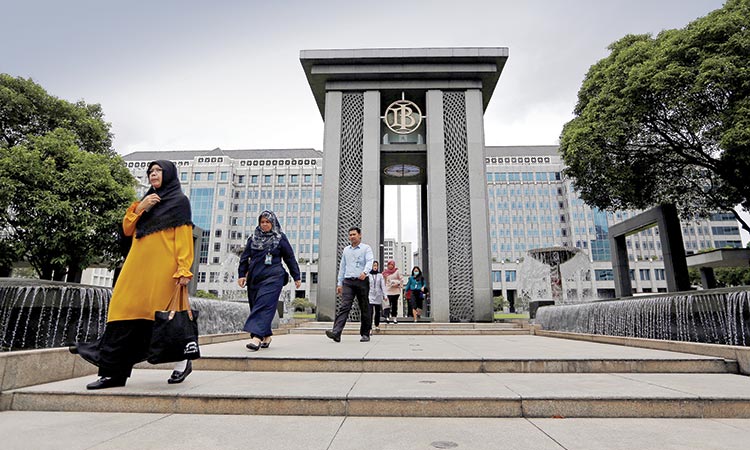Australia’s central bank holds key rate, expands term funding
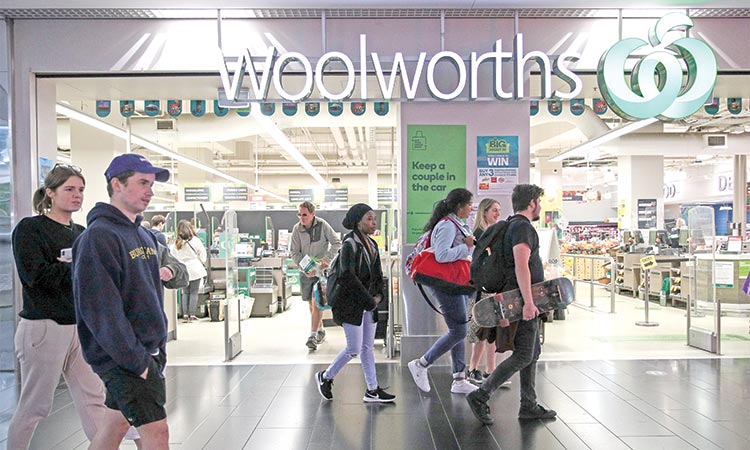
People walk past a supermarket in Sydney, Australia. File/ Reuters
The Reserve Bank of Australia (RBA) on Tuesday unexpectedly expanded its low-cost funding scheme for lenders as the economy looked set to post its worst contraction since the Great Depression due to the coronavirus pandemic.
Banks will be able to draw up on this extra funding up until the end of June 2021.
“This will help keep interest rates low for borrowers and support the provision of credit by providing (banks) greater confidence about continued access to low-cost funding,” RBA Governor Philip Lowe said in a post-meeting statement.
The RBA also hinted at further measures, while reiterating policy rates will remain low for a long time to come.
“The Board will maintain highly accommodative settings as long as is required and continues to consider how further monetary measures could support the recovery,” he said.
The RBA had in March slashed the cash rate to a record low 0.25% and launched an “unlimited” bond buying programme. The bank has since bought A$66 billion of government securities and is open to further purchases to keep three-year yields around 0.25% until it meets its inflation and employment goals.
The emergency support package comes as Australia finds itself in the midst of its worst contraction since the Great Depression and the first in three decades.
Indeed, data due on Wednesday is likely to show a record 6.0% contraction as the struggle to contain the coronavirus pandemic shut down whole sectors of the economy.
“The Q2 national accounts will be one for the history books,” said Gareth Aird, head of Australia economics at Commonwealth Bank.
“For the long term health of the economy it is necessary that production rises and that we are on a path towards full employment as soon as possible. It is also important that the journey back to full employment is not a long one.”
Unemployment is at a 22-year high of 7.5% and is expected to rise further to 10% as more people go looking for work. The only two redeeming features in an otherwise dire June quarter were exports, which likely added 1 percentage point to the GDP and government spending, which would contribute around 0.6% per centage points, data out earlier showed.
The second quarter current account surplus almost doubled to A$17.7 billion ($13.06 billion) from an upwardly revised A$9.02 billion in the prior three-month period, surpassing expectations for a A$13 billion gain.
While resources demand from China helped add A$2.7 billion to goods exports which totalled A$90.6 billion, the biggest swing factor for the current account was the closure of international borders, which meant Australians couldn’t travel overseas, resulting in a 99% decline in travel imports.
Separate data showed Australian government spending jumped in the quarter as a host of emergency fiscal programmes were launched to support jobs and activity.
Yet that vastly understated the true extent of the stimulus as government expenses, including all the emergency measures, soared by 42% in current dollars to hit A$252 billion.
RBA’s Lowe noted the importance of fiscal stimulus ahead of the government’s delayed federal budget on Oct.6. “Public sector balance sheets in Australia are in good shape, which allows for continued support,” he said. “Indeed, fiscal and monetary support will be required for some time given the outlook for the economy and the prospect of high unemployment.”
Meanwhile, Qantas Airways said on Tuesday it had issued A$500 million ($369.90 million) of unsecured bonds with a coupon of 5.25% to help strengthen liquidity and replace maturing debt as it deals with plunging demand due to the coronavirus pandemic.
The airline said in a statement that the 10-year issue was oversubscribed. The coupon rate is higher than its last pre-pandemic issuance of a A$425 million, 10-year bond with a coupon of 2.95% in November.
The new issue was expected to be rated by Moody’s at Baa2 with a negative outlook, according to the marketing materials seen by Reuters. Qantas is one of the few airlines in the world to retain an investment grade rating during the pandemic. Southwest Airlines, also investment grade, issued $1.3 billion of seven-year bonds with a 5.125% coupon in June.
Reuters
